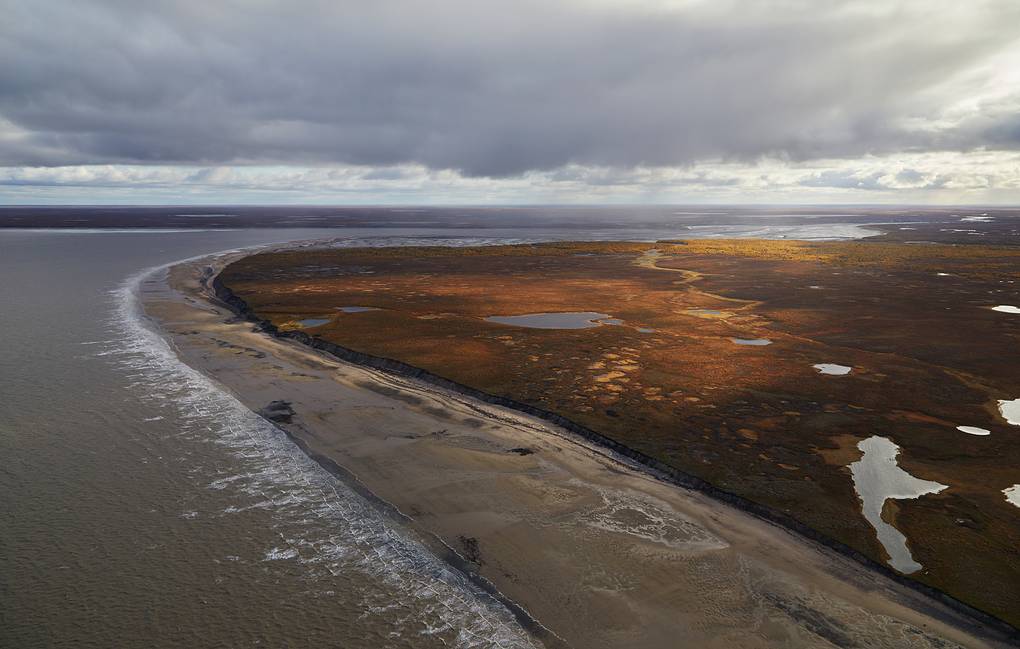Scientists conduct first survey of aquatic flora on Novaya Zemlya, Kolguev, Vaygach

ARKHANGELSK, July 18. /TASS/. During the Arctic Floating University expedition onboard the Professor Molchanov research/survey vessel scientists for the first time studied plants in fresh water bodies on the Kolguev, Vaygach Islands and on the Novaya Zemlya Archipelago. Even on the northernmost archipelago the scientists found the so-called macrophytes - aquatic plants large enough to be seen by the naked eye, Nadezhda Zueva of the Russian State Hydrometeorology University told TASS.
"At our all stops, I studied freshwater objects to see aquatic macrophyte plants, that is, large ones that can be seen by the naked eye," the scientist said. "Here have never been such studies focusing on aquatic plants. And, generally speaking, such studies in the Arctic and even sub-Arctic areas in this country have been very rare."
In Novaya Zemlya's north, in the Ice Harbor Bay scientists were lucky to see at least two species of aquatic mosses, and to the south, in the Russian Harbor Bay, the scientist found even higher plants. "For example, the coastal species of kingcup. We have seen it, covered with beautiful large yellow flowers. In the Russian Harbor we've seen certain types of sedges that have just begun to bloom there," she continued.
Quite many aquatic plants were found on the Vaygach and the Kolguev, and the scientists will use molecular genetic tests to identify their composition - since the expedition was on the islands at the time when the flora was just appearing. But, according to the expert, the scientists will make a base, a reference for further surveys and monitoring. "In the current conditions of climatic, anthropogenic changes, the vegetation cover is changing. In some regions we can see a trend towards increased biological productivity, that is, plants create bigger biomasses, there appear new species that are conditionally southern - they enjoy conditions for developing into the Arctic region," she said. "It is most important for us not to miss this starting point from which we will continue the monitoring. We need to understand and register the state of the norm."
The Kolguev and the Vaygach are hard-to-reach territories, that can be accessed by air. The conducted survey found scientists may have sufficient material in the water bodies to study, and thus specialists may come for longer when the biomasses are at the maximum level in order to study aquatic plants, she said. That would be in late July and August - until the first frosts. The aquatic flora monitoring on Novaya Zemlya's north will be also possible, she added.
About Floating University
The Arctic Floating University is a joint project of the Northern Arctic Federal University (NAFU) and the Northern Branch for Hydrometeorology and Environmental Monitoring. The expeditions continue since 2012. The project's partners and sponsors are the Ministry for Development of the Far East and Arctic, VTB, Novatek, Norilsk Nickel, the Arkhangelsk Region's government, and the Russian Geographical Society.
Photo by Vera Kostamo/TASS





